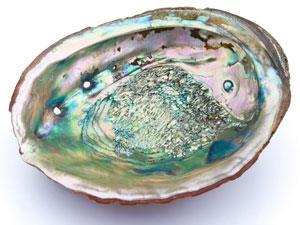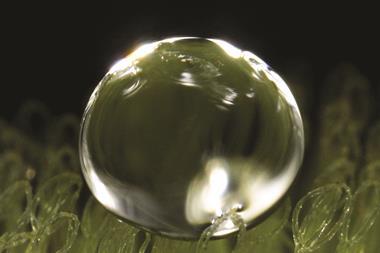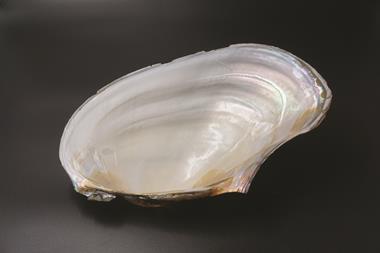
Nacre, which is also known as mother of pearl, is a naturally occurring composite formed from calcium carbonate and biopolymers that create a brickwork structure. It is also nearly a thousand times stronger than any of its component parts and a major target for biomimetic synthesis.
Design of the brickwork structure is central to developing nacre-like materials with enhanced properties. Gaoquan Shi, and colleagues, at Tsinghua University, Beijing, began by making a hydrogel from graphene and a silk protein, called fibroin.
Solution casting and drying this hydrogel gave parallel graphene plates bound with fibroin that self-assembled to create a material with a brickwork structure.
The team’s material is an improvement over other composites owing to a number of different factors. Graphene is stronger than the inorganic platelets that are commonly used but Shi explained that the homogenous composite hydrogel ‘produced an ideal layered structure’ which amplified the mechanical properties. Coupled with the strong electrostatic and hydrogen bonding between fibroin and graphene, the system surpasses most composites previously reported.
Nonappa, an expert in nacre from Aalto University, Finland, highlighted the importance of the technique, commenting that ‘simple and robust solvent casting to obtain materials with extraordinary mechanical properties makes the present work unique.’ Hao Bai, a specialist in materials engineering at Lawrence Berkeley National Laboratory, US, agrees, telling Chemistry World that ‘this step forward could have an impact on the design and fabrication of nacre-inspired materials as well as the application of graphene.’
The team is particularly interested in exploiting the superior mechanical properties and biocompatibility of the component parts to develop the technology for use in tissue engineering and scaffolds.
References
L Huang et al, Nanoscale, 2013, DOI: 10.1039/c3nr00196b












No comments yet